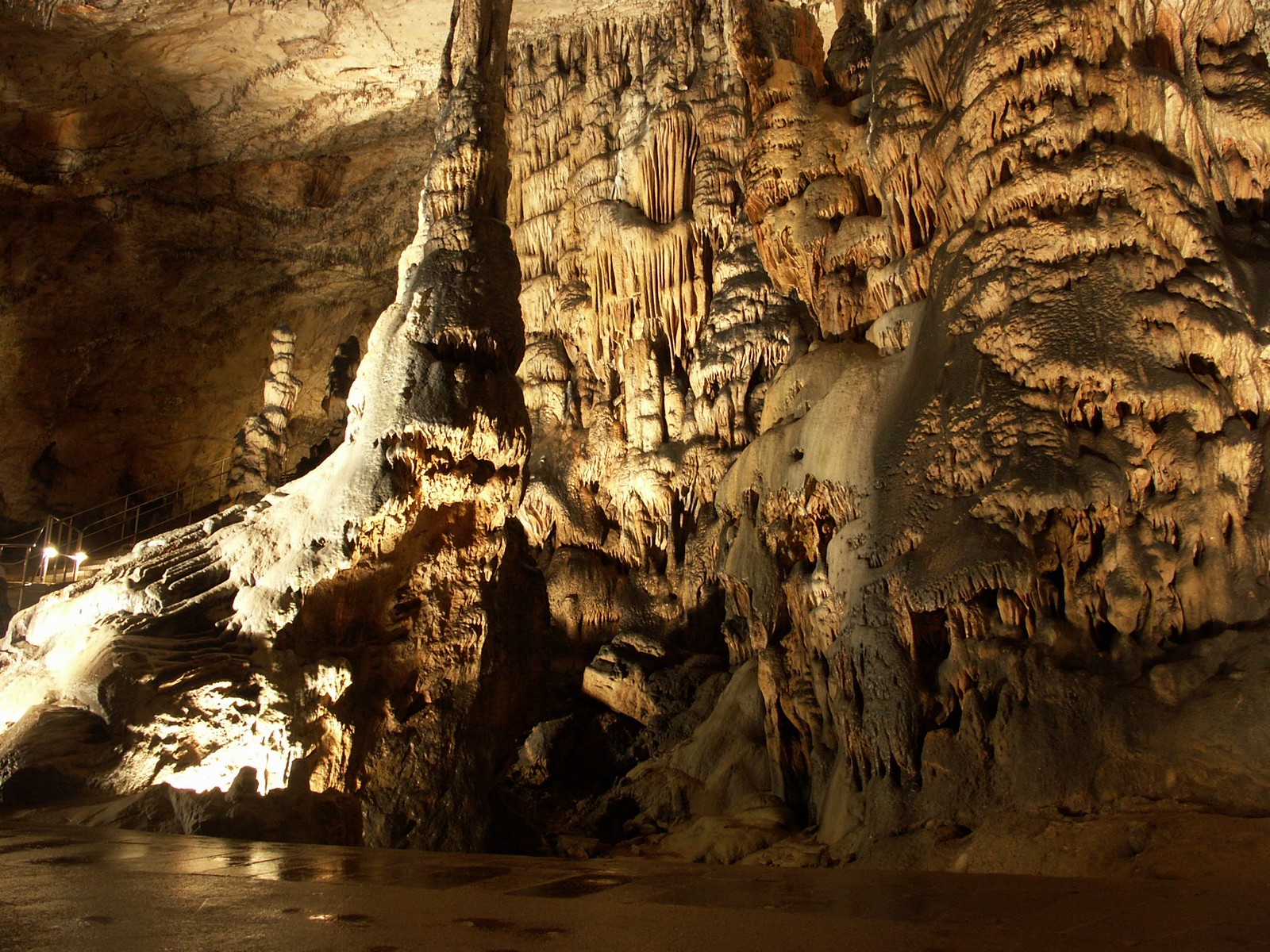Microcheta on:
[Wikipedia]
[Google]
[Amazon]
''Mesoniscus'' is a
 ''Mesoniscus'' is restricted to
''Mesoniscus'' is restricted to
genus
Genus ( plural genera ) is a taxonomic rank used in the biological classification of extant taxon, living and fossil organisms as well as Virus classification#ICTV classification, viruses. In the hierarchy of biological classification, genus com ...
of woodlice
A woodlouse (plural woodlice) is an isopod crustacean from the polyphyleticThe current consensus is that Oniscidea is actually triphyletic suborder Oniscidea within the order Isopoda. They get their name from often being found in old wood. ...
, placed in its own family, Mesoniscidae, and section
Section, Sectioning or Sectioned may refer to:
Arts, entertainment and media
* Section (music), a complete, but not independent, musical idea
* Section (typography), a subdivision, especially of a chapter, in books and documents
** Section sign ...
, Microcheta. It contains two species – ''Mesoniscus alpicolus'' and ''Mesoniscus graniger'' – that live in Central and Eastern Europe, mostly in and around caves.
Distribution
 ''Mesoniscus'' is restricted to
''Mesoniscus'' is restricted to Central Europe
Central Europe is an area of Europe between Western Europe and Eastern Europe, based on a common historical, social and cultural identity. The Thirty Years' War (1618–1648) between Catholicism and Protestantism significantly shaped the area' ...
and the Balkan Peninsula
The Balkans ( ), also known as the Balkan Peninsula, is a geographical area in southeastern Europe with various geographical and historical definitions. The region takes its name from the Balkan Mountains that stretch throughout the who ...
; the ranges of its two species do not overlap.
''M. alpicolus'' is found in Lombardy
Lombardy ( it, Lombardia, Lombard language, Lombard: ''Lombardia'' or ''Lumbardia' '') is an administrative regions of Italy, region of Italy that covers ; it is located in the northern-central part of the country and has a population of about 10 ...
and the Northern Calcareous Alps
The Northern Limestone Alps (german: Nördliche Kalkalpen), also called the Northern Calcareous Alps, are the ranges of the Eastern Alps north of the Central Eastern Alps located in Austria and the adjacent Bavarian lands of southeastern Germany. ...
. In Austria
Austria, , bar, Östareich officially the Republic of Austria, is a country in the southern part of Central Europe, lying in the Eastern Alps. It is a federation of nine states, one of which is the capital, Vienna, the most populous ...
, its range extends from the near Innsbruck
Innsbruck (; bar, Innschbruck, label=Bavarian language, Austro-Bavarian ) is the capital of Tyrol (state), Tyrol and the List of cities and towns in Austria, fifth-largest city in Austria. On the Inn (river), River Inn, at its junction with the ...
to the eastern edge of the , although it is also found in isolated pockets of Triassic and Silurian–Devonian limestone in Styria
Styria (german: Steiermark ; Serbo-Croatian and sl, ; hu, Stájerország) is a state (''Bundesland'') in the southeast of Austria. With an area of , Styria is the second largest state of Austria, after Lower Austria. Styria is bordered to ...
.
''M. graniger'' has a wider distribution than its congener; it is found in much of the Carpathians
The Carpathian Mountains or Carpathians () are a range of mountains forming an arc across Central Europe. Roughly long, it is the third-longest European mountain range after the Ural Mountains, Urals at and the Scandinavian Mountains at . The ...
, including the Bihor and Banat
Banat (, ; hu, Bánság; sr, Банат, Banat) is a geographical and historical region that straddles Central and Eastern Europe and which is currently divided among three countries: the eastern part lies in western Romania (the counties of T ...
mountains, and in the Dinaric Alps
The Dinaric Alps (), also Dinarides, are a mountain range in Southern and Southcentral Europe, separating the continental Balkan Peninsula from the Adriatic Sea. They stretch from Italy in the northwest through Slovenia, Croatia, Bosnia and Herz ...
and Julian Alps
The Julian Alps ( sl, Julijske Alpe, it, Alpi Giulie, , ) are a mountain range of the Southern Limestone Alps that stretch from northeastern Italy to Slovenia, where they rise to 2,864 m at Mount Triglav, the highest peak in Slovenia. A large pa ...
. It is also found in the Caves of Aggtelek Karst in Hungary
Hungary ( hu, Magyarország ) is a landlocked country in Central Europe. Spanning of the Carpathian Basin, it is bordered by Slovakia to the north, Ukraine to the northeast, Romania to the east and southeast, Serbia to the south, Croatia a ...
.
Taxonomy
The first description of a woodlouse now in the genus ''Mesoniscus'' was in 1858, whenCamill Heller Camill Heller (26 September 1823 – 25 February 1917) was a zoologist and anatomist.
Heller was born in Sobochleben ( Soběchleby) near Teplitz in Bohemia (now Teplice, part of the Czech Republic). He received a doctorate in medical studies in Vie ...
described "''Titanethes alpicolus''" in 1858. This was followed in 1865 by the description by János Frivaldszky (Ján Frivaldský) of the subspecies "''Titanethes alpicolus graniger''".
''Mesoniscus'' is the only genus in the family Mesoniscidae, and is considered so distinct from other woodlice that the family is placed in a separate section
Section, Sectioning or Sectioned may refer to:
Arts, entertainment and media
* Section (music), a complete, but not independent, musical idea
* Section (typography), a subdivision, especially of a chapter, in books and documents
** Section sign ...
, named Microcheta.
Ecology
''Mesoniscus'' species lack the pleopodal lungs found in many other woodlice, and are restricted to damp environments.References
External links
* * * {{Taxonbar, from=Q4352652 Woodlice Crustacean genera Cave crustaceans Woodlice of Europe